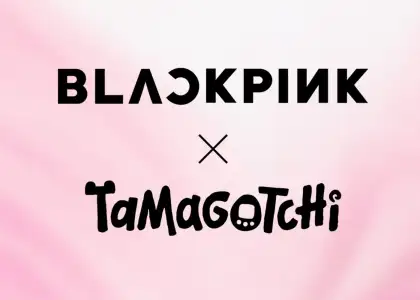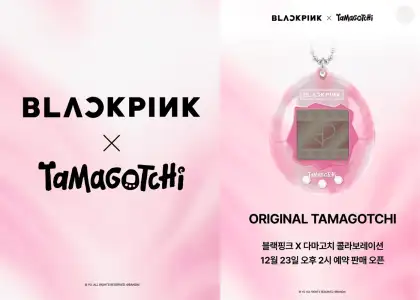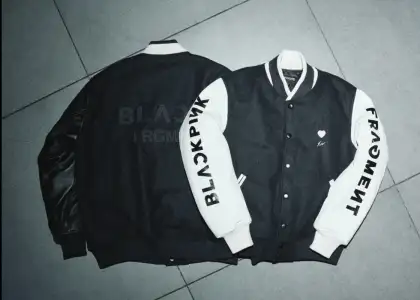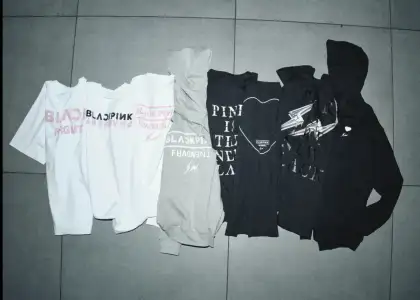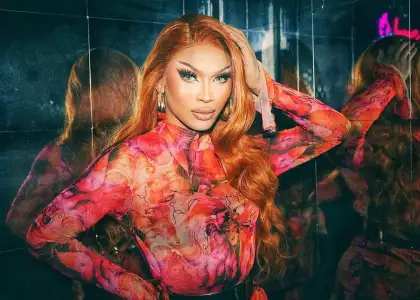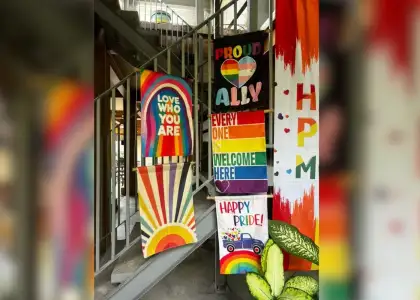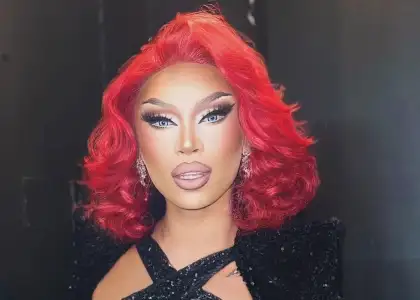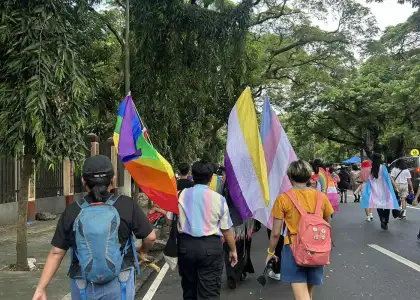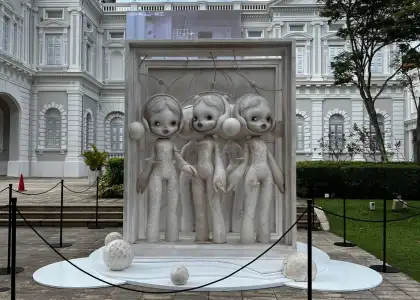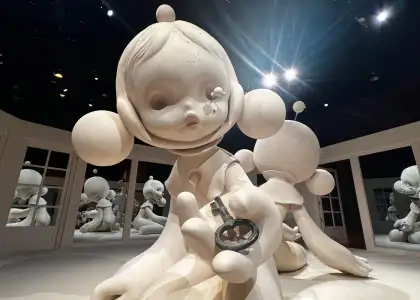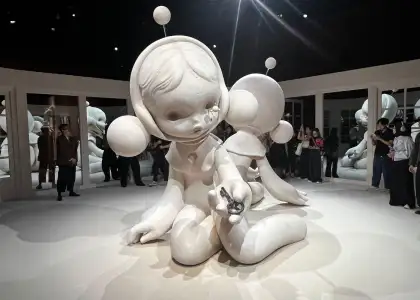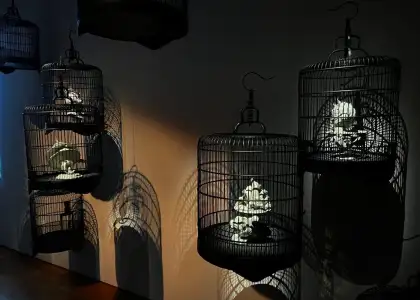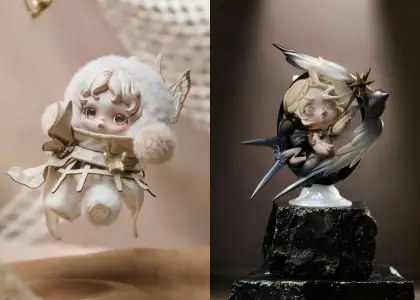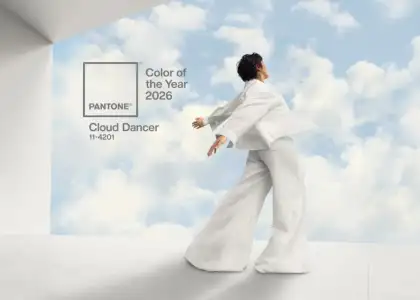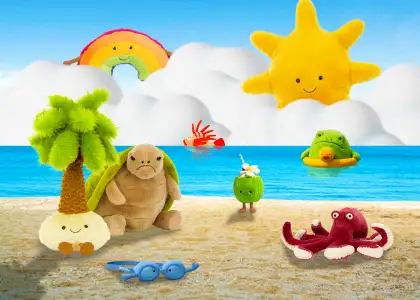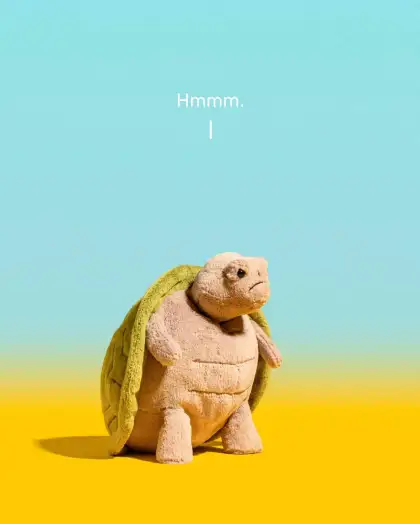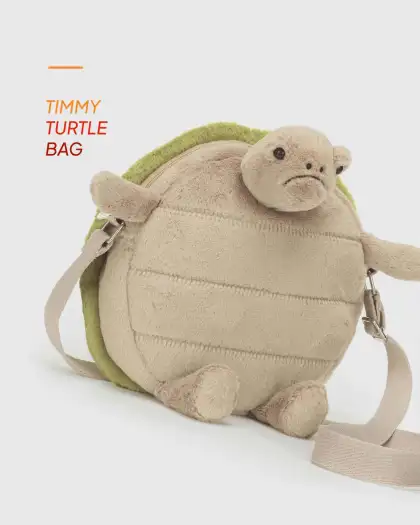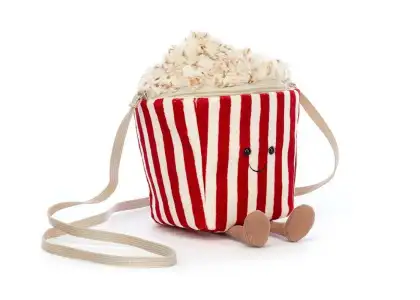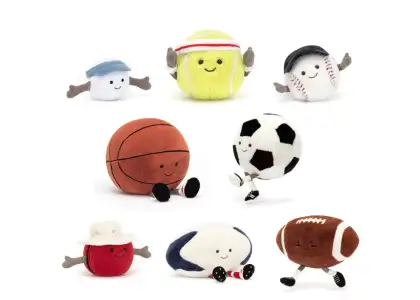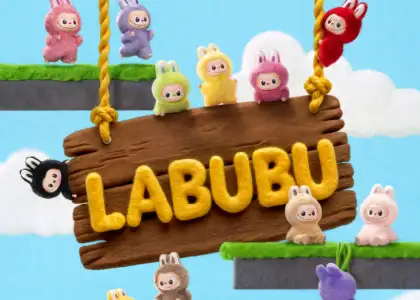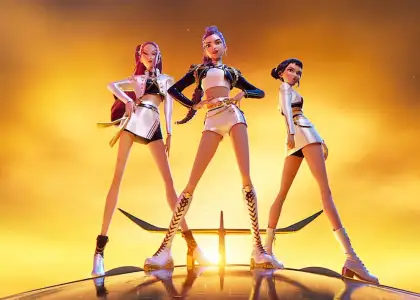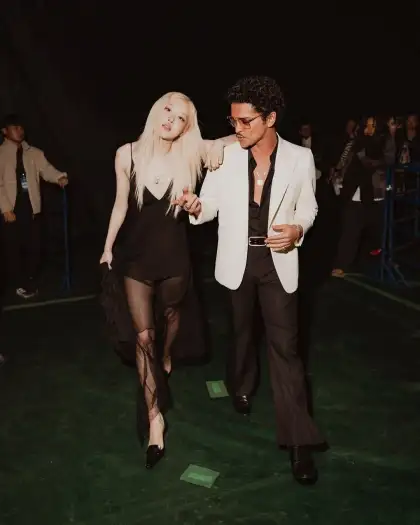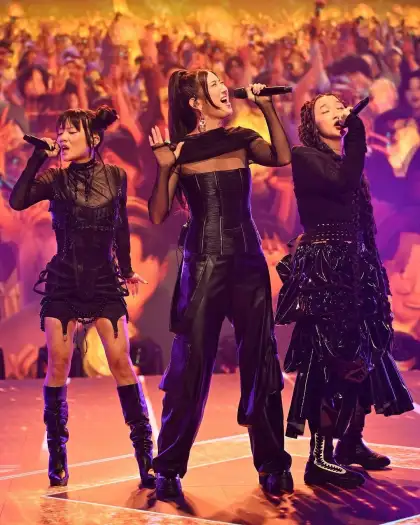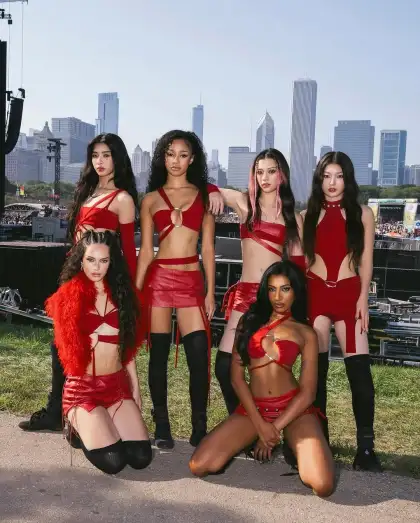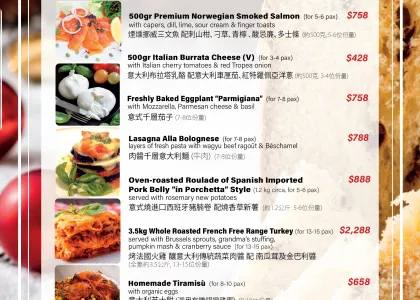In Tune with DJ Mojito, Musical Multi-Hyphenate on Parties in Asia & Beyond

In the daytime, Asia embraces a true hustle culture; by night, we let our hair down and erupt in a magnificent energy to good crowds and good music. In Tune With meets the electric DJs and music makers of Hong Kong and Asia to feel their pulse and uncover why they entered the frenetic nightlife industry.
Mojito first stepped into the Hong Kong spotlight as an open-format artist traversing the genres of hip-hop, club EDM, and more, lighting up the stage both behind the decks and on the mic. He has performed as a DJ all over the world stage alongside big-name artists, with shows ranging from exclusive parties at five-star venues like Ozone at the Ritz Carlton to festival appearances across Europe and throughout Asia.
As a rapper himself, and a key founder of the famed ‘Straight Outta Home Kong’ squad that produced events at the city’s most iconic hip-hop venues, he has been a trailblazer in bringing forward other aspects of the genre beyond just the music, like beatboxing and dancing.
Emerging with an artistic persona that blends all the various facets of his musical career, Mojito shares his story with The Beat Asia, uncovering the multicultural influences that make up the foundations of his artistry and the formative experiences behind his successes. Read on to see how his vibrant journey unfolded, ending with a glimpse into what’s to come for Mojito - as well as a special announcement of an upcoming release!

What first drew you towards music and DJ-ing?
Being able to express in the most creative way possible. Writing raps to express [my] feelings and the endless possibilities of mixing different genres and styles to create something completely unique.
Music is my drug, and it has been since the age of 13 when I started listening to rappers like Eminem and 50 Cent. At a later age after the experience with my YMCMB-like rap crew, I was searching for more ways to express [myself], and then I saw Jazzy Jeff and David Guetta doing what they do, which introduced me to the world of DJing.
I’ve been self-taught all the way from the beginning, had no [in-person] teachers, and started performing every chance I got. And today I’m trying to merge my two personas that form “Mojito”.
Having played world-class venues and performed beside famous international acts, let’s dial it back to the early days. How did you first build up your career in Hong Kong?
I was always into performing and bringing my charisma and character on stage with me. It started with school multicultural shows and music class performances. I did a lot of performing for the school I studied at, and it helped me overcome the anxiety anyone feels being in the spotlight.
I would say the best way [to build my career] in the earlier days – and it still is – was to network, continue to meet people and get out there to build great business relationships. My business acumen from my family background definitely played a big part. This got me playing every venue in town and I think that was where I learnt to be flexible, play any venue I am put in, and be able to rock any crowd.
I learnt how to network with overseas partners and now I’ve done shows in an accumulative of about 20 different countries around the world. Also, seeing the different multicultural ethnicities in Hong Kong was a part of it, as I had a goal to bridge that gap.
What was the state of the local hip-hop scene like when you first founded Straight Outta Home Kong?
It was such a pleasure and surprise being the curating founder of Straight Outta Home Kong (SOHK), the timing was perfect as Buzz Concepts had the copyrights to it for years and they never knew what to do with it until I came in with the event idea - and the rest was history. Now they have a full-blown brand of products with the Home Kong branding. I’m really proud as I proved to myself that my ideas can perform great on a larger scale.
On the other hand, the hip hop game at the time was present but was slightly lost in my opinion as not much was happening. Artists didn’t know where to go and there were less artists trying to pursue a career. The scene was heavily influenced by what we did at SOHK, as I wanted to bring every hip hop aspect into one night as a mini festival and unite all of them which is exactly what Hip Hop always prides itself on.
How did the Straight Outta Home Kong deepen your love for the genre/scene?
The idea was to let the crowd decide what they enjoyed more, and they wouldn’t stop raving at our events! We did six [events] in one year and it seemed that there was no stopping! Sadly, soon after came the shutting down of our home court and the best hip-hop club there was: FLY. But SOHK managed to inspire a spiral of events all across the city, with different individuals and different brands trying to entertain the city with a growing thirst for hip hop.
It triggered a rise in artists wanting to pursue and perform around the city, and it will always be something I’m proud of too. In the end, we always let the city have the best of what we brought to the table, as it was always out of true passion for me, and it was always for the culture.
What the brand also did for me was sow its roots into my passion for music with Hip Hop and made me realise that no matter which genre I ever touch or get involved with, hip-hop will always be home. It also brought back the thirst for [my] performing on stage as a rapper and inspired many solid original tracks at that time. I mean we had crowds standing on benches singing the lyrics to a song we had called “Can’t Get Enough,” and that spoke for itself.
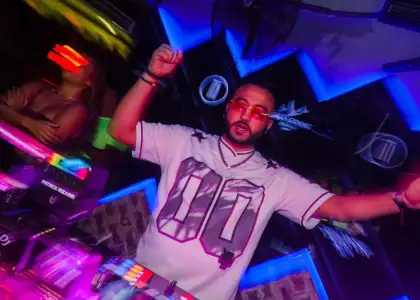
As rapper Mojito, you bring together the diverse languages and communities of Hong Kong by rapping in Hindi, English, Cantonese, Spanish and Tagalog. What was the creative vision behind mixing these cultures and influences?
Honestly, in my younger years as well as while getting into the industry, I was always judged and critiqued for not being able to speak certain languages or play certain genres, and that fuelled my flame to expand.
I’ve met a lot of people [from] different walks of life who are from around the world, I was surrounded by different cultures and languages and always wanted to one day make use of them, and now they align perfectly with music in my life.
Learning all these different languages also inspired me in different ways because it helped me grow my vision universally, to [understand] how people in their cultures see things, write lyrics, or make melodies, for example. For that reason, I feel very grateful to be blessed with a skill in languages.
I also want to be able to break the language barrier between different cultures and share a message with people from every race: that we are all equal and it’s all about unity. You’ll get inspired if you take the right things from one another and I certainly practice what I preach too. There are also so many talented multi-lingual artists around Hong Kong and in Asia, and I’m proud to be recognized as one of them.
From Carlyle & Co at Rosewood Hotel to Sinulog Festival in Cebu, to Ozone bar in Hong Kong and shows across Europe – How do you approach switching between settings and adapting to the styles and expectations that come with each venue?
It’s kind of what keeps the thrill and excitement in what we do as DJs and rappers. New shows, new styles, new crowds, new expectations.
To me, the whole point of being a performer is to use my creative skill and exercise it every week. This skill has also been built over years of being an open-format DJ and performer, which really took time and effort to develop. To be able to play and switch between genres flawlessly is so much fun and something I’m really proud of.
You still play along the lines of the energy of the crowd but if you heard any of my sets at Quality Goods Club, or chat to the team about how every set I’ve played in there has been different, you’d understand what I’m talking about. I must have played every genre, every club and every crowd size in Hong Kong as well as other countries and it’s been a pleasure every single time. The only thing that changes for me is the BPM and the colours of the lights!
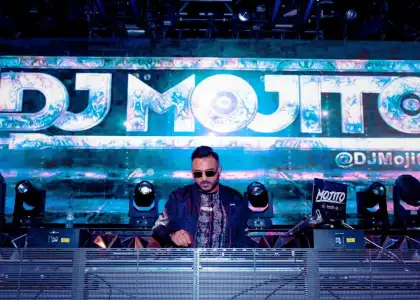
How has your signature performance style evolved over the years?
Growing from a rapper into a DJ and producer, and into a performer on stage who does both in various genres, I believe my style has evolved into this musical beast who is ready to put on a show for any crowd.
Rap has definitely helped me also grow as an MC, where I [learned to] interact much better with the crowd through the microphone as a DJ, and the diversity in genres has allowed me to play a variety of shows which I continue to enjoy always will. I’m also incorporating my production and recording skills to truly transform and catapult me into the performer I have become and continue to be.
I am really happy to call myself a performer now, after years of fine-tuning and incorporating my skills altogether. It’s all about putting on a show for the audience who come to watch me play and share my energy and musical high with them. As put by a fellow performer, what we do at every show is “Party Rock”!
What’s next in store for DJ Mojito, and Mojito the rapper?
More growth, more creativity and a hell of a lot more music.
Back in my early days as a rapper, I was mostly on features which never allowed me to really bring out my style as a rapper. This year I plan to launch my own entertainment and arts label that will push independent artists’ music, kicking off through a variety of singles by my rap persona Mojito in different genres, as well as my first solo rap EP with a possibility of features.
As DJ Mojito, a lot of my remixes that are made for clubs and dance purposes have not been released, and everyone keeps asking for them so my followers can expect a lot more exclusive releases in that area! I also have my original tracks being produced where I work with some amazing talent and put them on in multiple genres, and my goal is to hit the top 100 charts in different genres and to let my versatility speak for itself.
As a turntablist, I also am growing through practising hard to partake in the best competitions across Hong Kong and the globe, with hopes to have my fans vote for me where need be!
As a secret scoop exclusively on The Beat Asia – I will share one of my upcoming tracks that will also have a music video, titled “Meri Kahaani” which translates to “My Story.” Recorded in Hindi, English, Spanish and Cantonese, [the song] will share pieces of my musical journey as to why Mojito the rapper turned to DJ-ing and more. Stayed tuned for that one, guaranteed banger.
This interview has been edited for length and clarity.
Keep up with DJ Mojito at @djmojito852 to catch his latest events and performances.
Enjoyed this article? Check out our previous In Tune with profiles here.
Get the latest curated content with The Beat Asia's newsletters. Sign up now for a weekly dose of the best stories, events, and deals delivered straight to your inbox. Don't miss out! Click here to subscribe.


